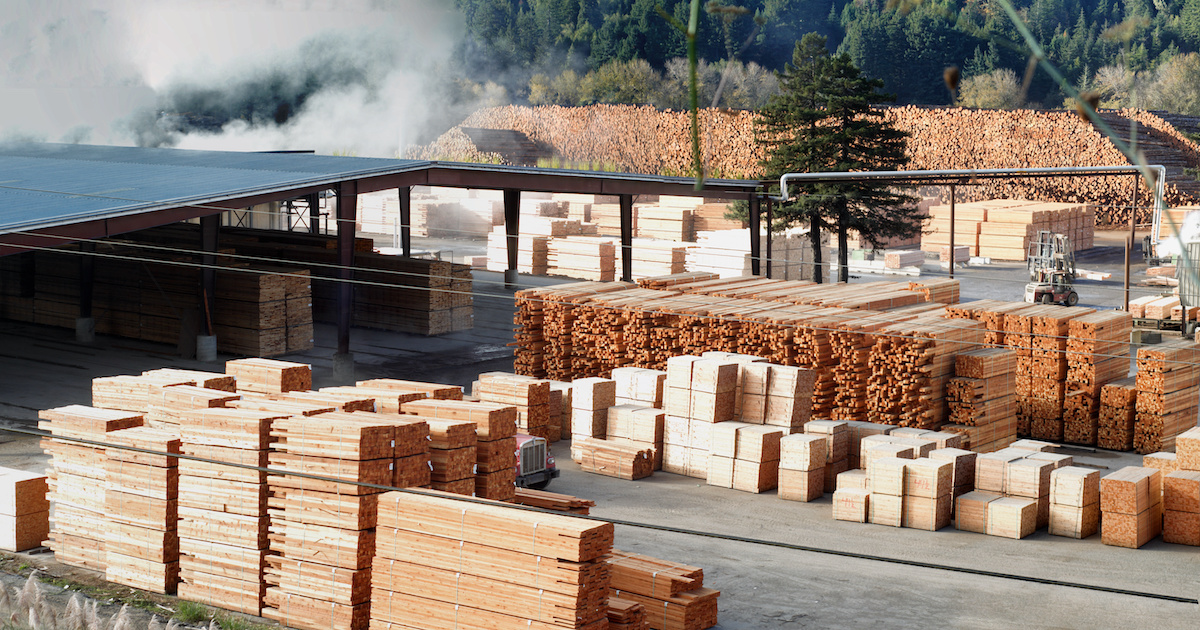Labor shortages, unexpected housing demand, and environmental issues are just a few of the reasons lumber and plywood prices have skyrocketed. According to Forbes, wood products prices are highly volatile, more so than most goods, because building can swiftly change pace faster than wood products production can. The increased demand for wood products first began at the onset of the pandemic when more homeowners took up DIY projects. Then, by fall, builders began constructing homes at a pace unseen since 2006. Mortgage rates helped with that, but lumber mills experience its own set of issues that heightened demand only complicates further, with lack of labor being a severe one.
Wood products companies would like to add capacity, but a new mill takes about two years to build. Before the pandemic, many new mills were being built as production shifted from Canada to the South. (The Financial Post reported, “A plague of tiny mountain pine beetles, no bigger than a grain of rice, has already destroyed 15 years of log supplies in British Columbia, enough trees to build 9 million single-family homes, and are chewing through forests in Alberta and the Pacific Northwest.”) The construction of the new southern mills begun in 2018 and 2019 led to long lead times for mill equipment. Thus, building a new mill today would probably take more than two years.
Producers are trying to increase the output of existing mills, but labor is a challenge for most of them. A few Covid-19 outbreaks among production workers have disrupted production. Mills also have difficulty hiring new workers. There has been a long-term trend away from blue collar occupations, partly a result of educators telling high school students they have to go to college. On top of that, mills are usually located in rural communities that have been losing population. Finally, the stimulus checks and unemployment insurance bonus payments have sapped some people’s interest in taking jobs.
On top of the direct labor challenges, truck drivers are vital to production, starting with moving logs from forests to mills and then getting finished products to distribution centers and lumber yards. Truck drivers are in short supply across the economy. Glue shortages, caused by the storm-related shutdown of petrochemical plants in Texas, also lowered plywood production, but that’s a temporary problem.










